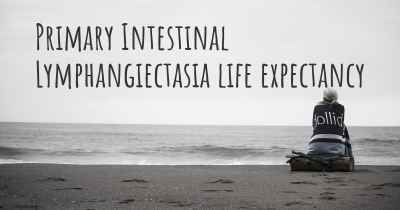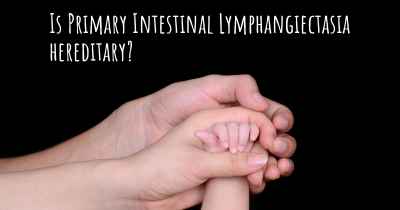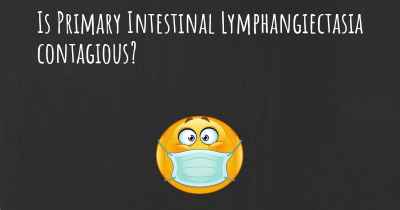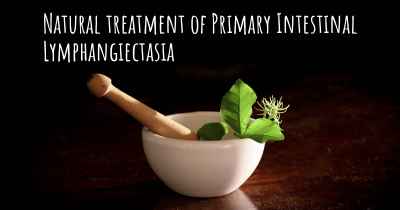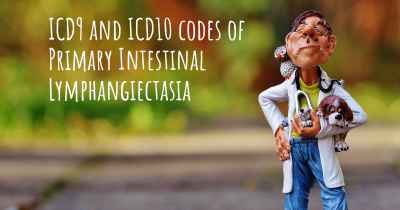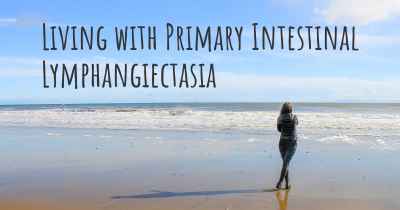Can people with Primary Intestinal Lymphangiectasia work? What kind of work can they perform?
See how people with experience in Primary Intestinal Lymphangiectasia give their opinion about whether people with Primary Intestinal Lymphangiectasia can work and what kind of jobs are more appropriated for people with Primary Intestinal Lymphangiectasia
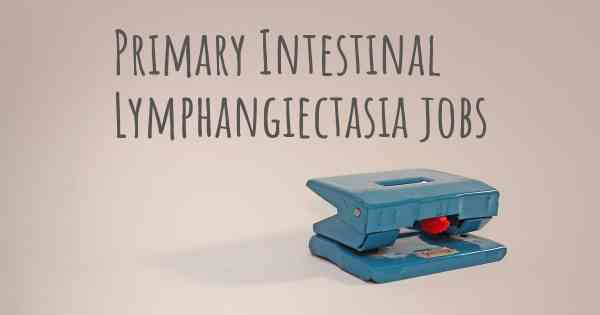
Can people with Primary Intestinal Lymphangiectasia work?
Primary Intestinal Lymphangiectasia (PIL), also known as Waldmann's disease, is a rare disorder characterized by abnormal dilation of the lymphatic vessels in the small intestine. This condition can lead to various symptoms such as chronic diarrhea, malabsorption, and malnutrition. While PIL can significantly impact an individual's quality of life, it does not necessarily prevent them from working.
Whether a person with PIL can work depends on the severity of their symptoms, the specific limitations they experience, and the nature of the job they are pursuing. It is important for individuals with PIL to consult with their healthcare provider to assess their overall health status and determine any specific work-related restrictions or accommodations that may be necessary.
What kind of work can they perform?
The ability of individuals with PIL to perform certain types of work will vary depending on their individual circumstances. Some individuals with PIL may experience mild symptoms that can be managed effectively, allowing them to engage in a wide range of occupations. Others with more severe symptoms may require certain accommodations or adjustments to their work environment.
Here are some factors to consider when determining suitable work options for individuals with PIL:
- Physical demands: Jobs that involve heavy physical labor or prolonged standing may be challenging for individuals with PIL, especially if they experience fatigue or weakness. However, many occupations have varying physical demands, and individuals with PIL may find suitable roles that align with their abilities and limitations.
- Dietary considerations: Individuals with PIL often require a specialized diet to manage their symptoms and ensure proper nutrition. This may involve restrictions on certain types of food or the need for frequent, small meals throughout the day. Jobs that allow for flexibility in meal breaks or provide access to appropriate food options may be more suitable.
- Work environment: Some individuals with PIL may have sensitivities to certain environmental factors, such as extreme temperatures or exposure to certain chemicals. Assessing the work environment for potential triggers and ensuring a safe and comfortable setting can be crucial for individuals with PIL.
- Flexibility and accommodations: Depending on the severity of their symptoms, individuals with PIL may benefit from flexible work arrangements, such as part-time schedules or the ability to work from home on occasion. Employers who are willing to provide reasonable accommodations can greatly enhance the ability of individuals with PIL to remain productive and engaged in the workforce.
Ultimately, the type of work that individuals with PIL can perform will depend on their specific symptoms, limitations, and individual circumstances. It is important for individuals with PIL to work closely with their healthcare team and potentially seek guidance from occupational health professionals to explore suitable work options and ensure their well-being in the workplace.
